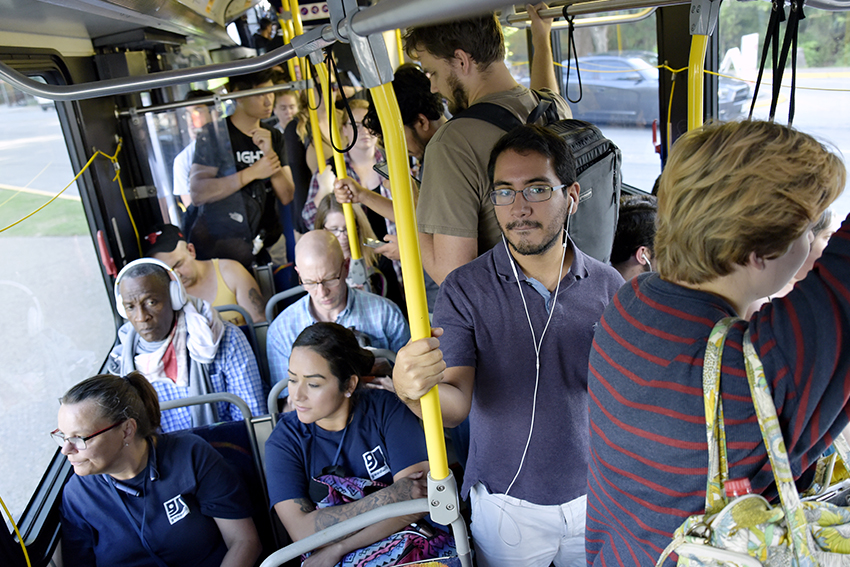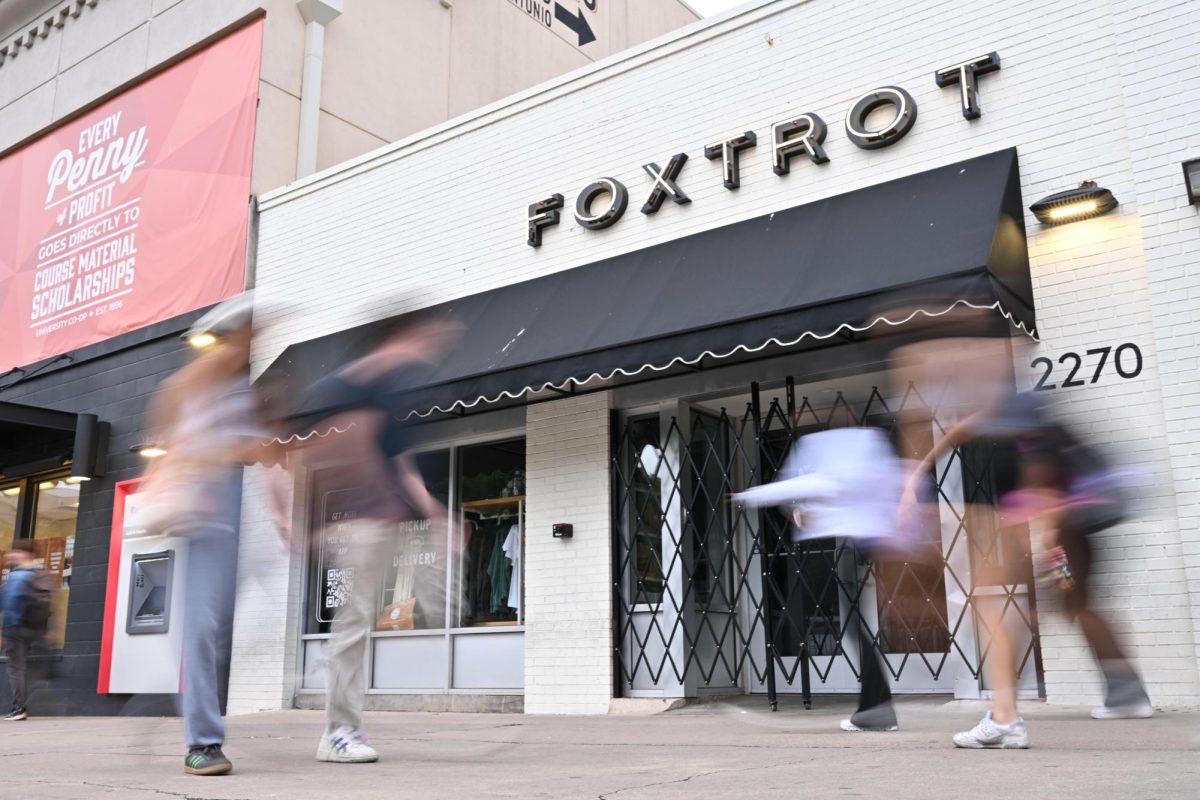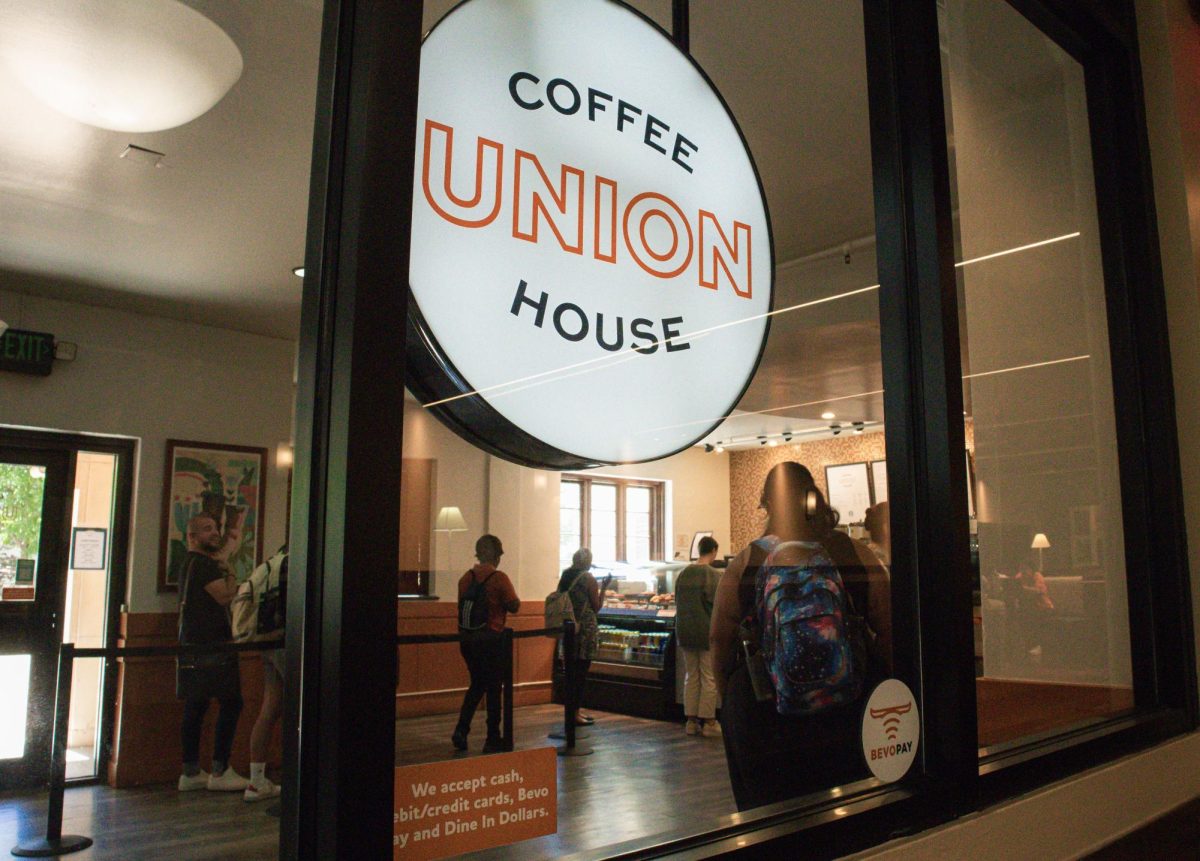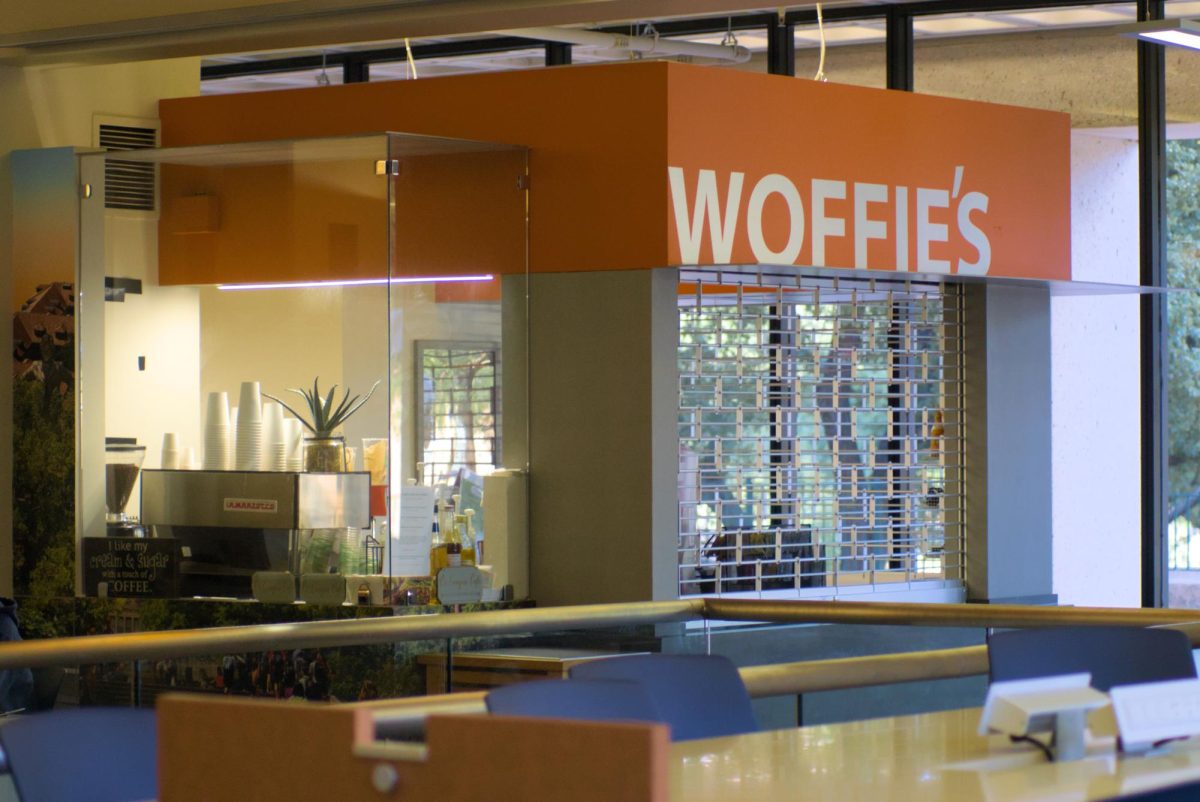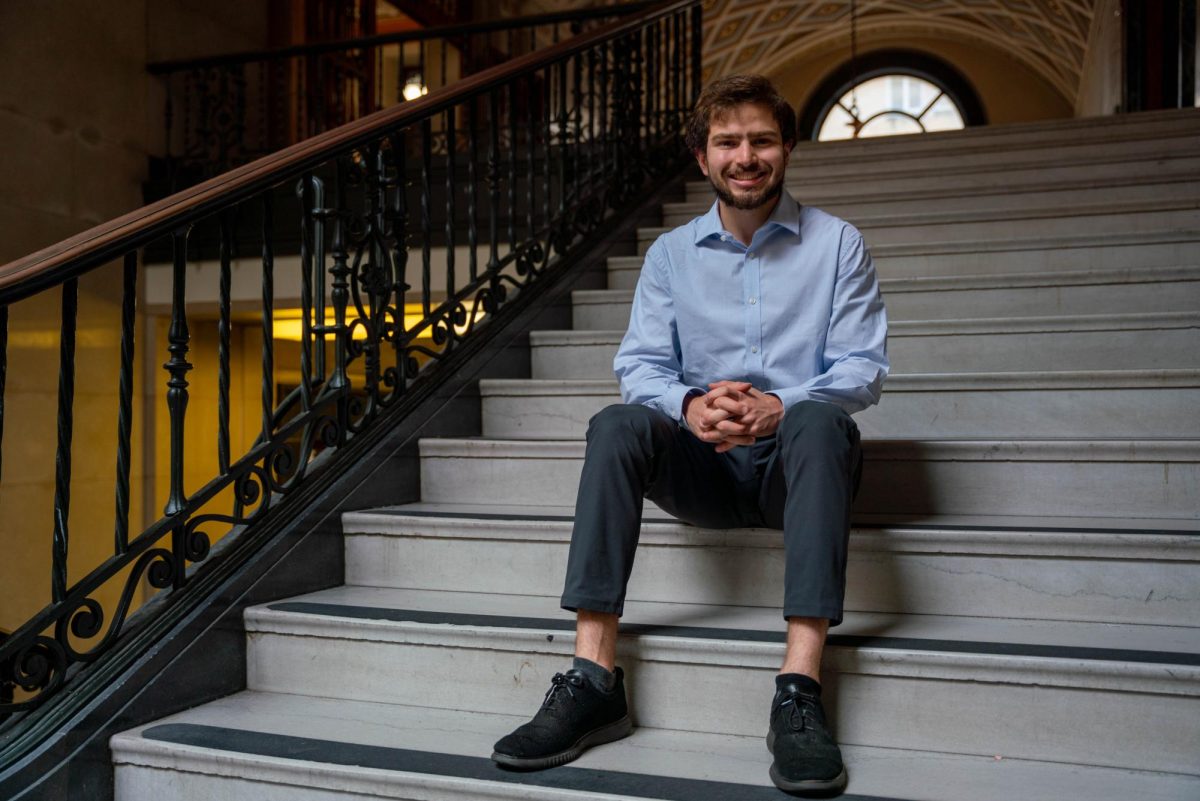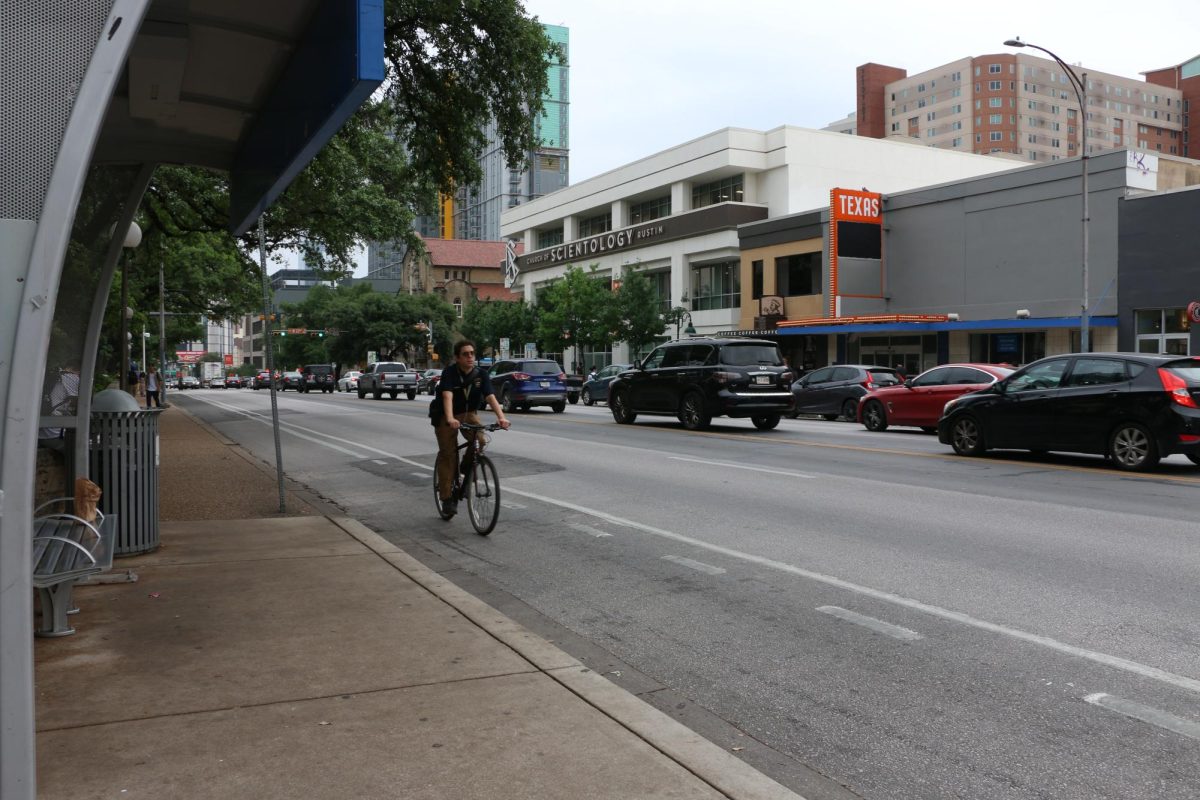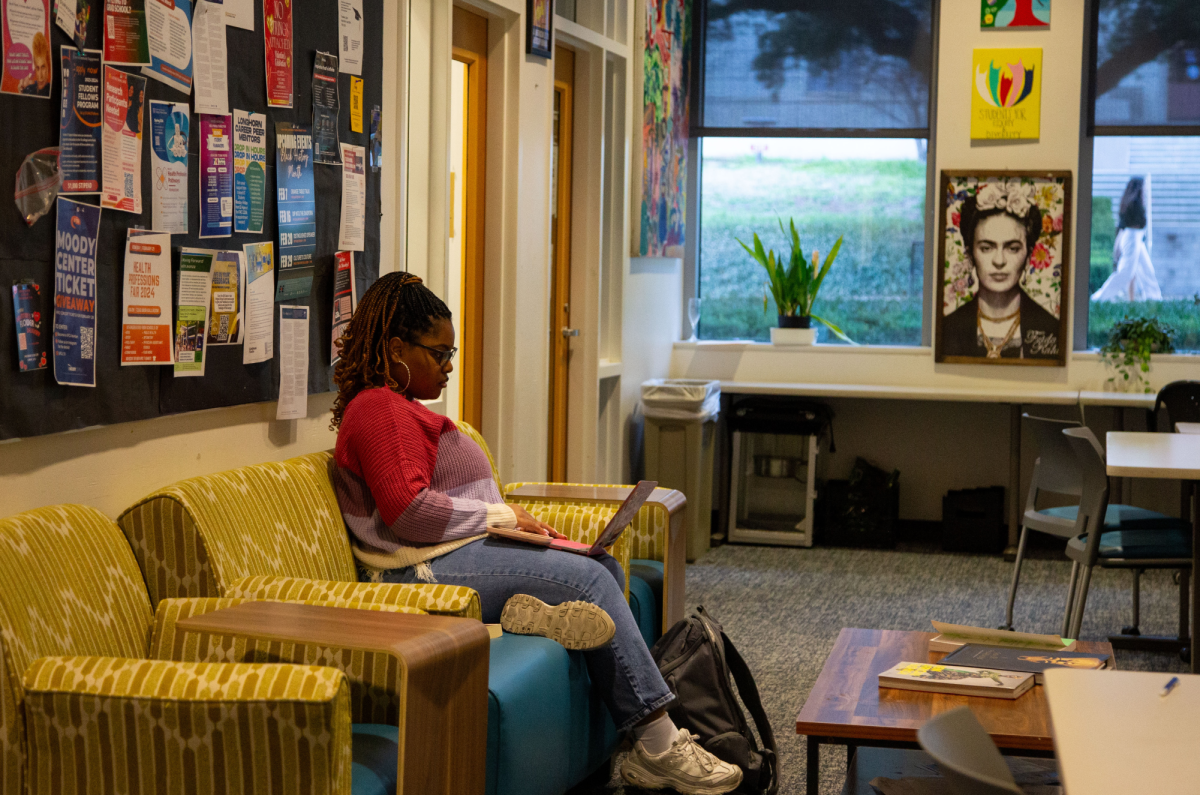Students taking the bus from North Campus and Riverside may be in for a packed ride. Because of recent route changes, Capital Metro buses are overfilling with students during peak times, leaving little seating space and sometimes skipping stops altogether.
As part of their “Cap Remap” this June, CapMetro eliminated route 653, which used to run along Red River Street to the UT campus. It was replaced with route 10, a high frequency route that runs every 15 minutes.
Before June, route 653 was the same route as route 10, and CapMetro wanted to reduce duplicate routes, CapMetro communications specialist Mariette Hummel said. Routes going to Riverside had minor frequency adjustments.
“Now there is only one bus that runs on Red River that goes to campus,” said Lauren Rosa, a human development and family sciences senior. “So pretty much anyone that lives on North Campus has to take that one bus to get to school.”
The 653 was a UT shuttle that mostly served those near campus, while route 10 is an extended route which also runs into downtown. Plan II senior Catherine Goode said she has seen people headed to work in the city crammed in the same bus as UT students headed to class, causing crowding.
“The bus is packed to the point where there isn’t even standing room left,” Goode said. “The bus will slow down, and the driver will have to tell them, ‘Sorry we can’t take any more. We’re full.’ And since the bus only comes every 15 minutes, those people are going to be late to class.”
Public health junior Nathalia Delgadillo said she has also seen issues with overcrowding on buses in Riverside, with too many students and not enough buses.
“As soon as the bus doors open, everyone is shoving and moving and just trying to get on the bus,” Delgadillo said. “We all wait in a line to get on, but some people just cut the line and try to skip ahead to get on, so it is sort of aggressive. There’s not enough buses to take us all.”
During peak times on school days, there can be as many as 30 to 40 people waiting to get on at Riverside bus stops, Delgadillo said.
“To my 8 a.m. on Tuesdays and Thursdays, I’m typically late because of the bus,” Delgadillo said. “If I don’t want to be late, I have to get to the bus stop at like 7 a.m.”
CapMetro is aware of overcrowding on buses and are closely monitoring those routes, Hummel said.
“CapMetro implements larger changes to our service three times a year in January, June and August,” Hummel said in an email. “In January 2019, we’ll make a number of additional changes to our new bus network.”
Hummel said UT has a partnership with CapMetro that allows them to have some control in how campus shuttles are operated.
“We knew that the new network would require adjustments after we put it in service,” Hummel said. “We are currently making short-term adjustments to accommodate as best we can the issues of high ridership on these routes.”



